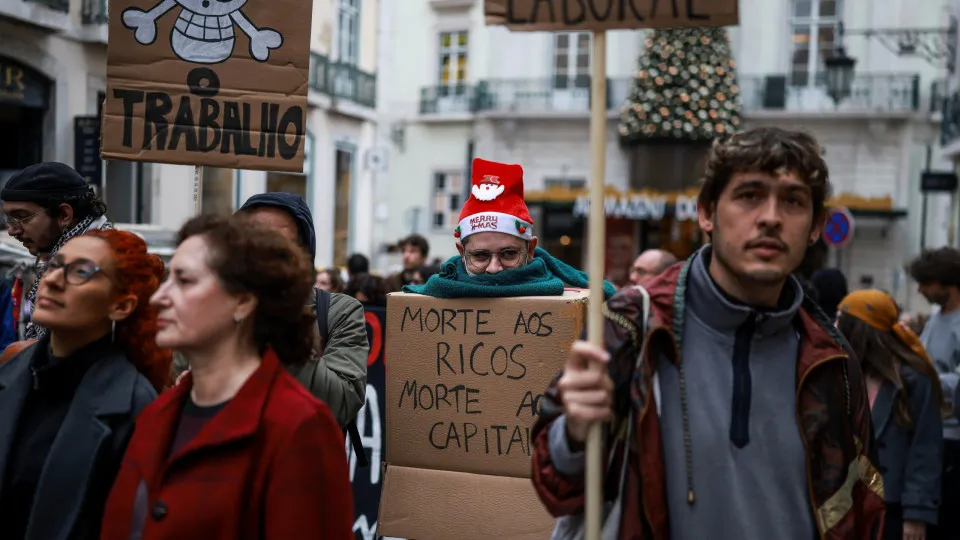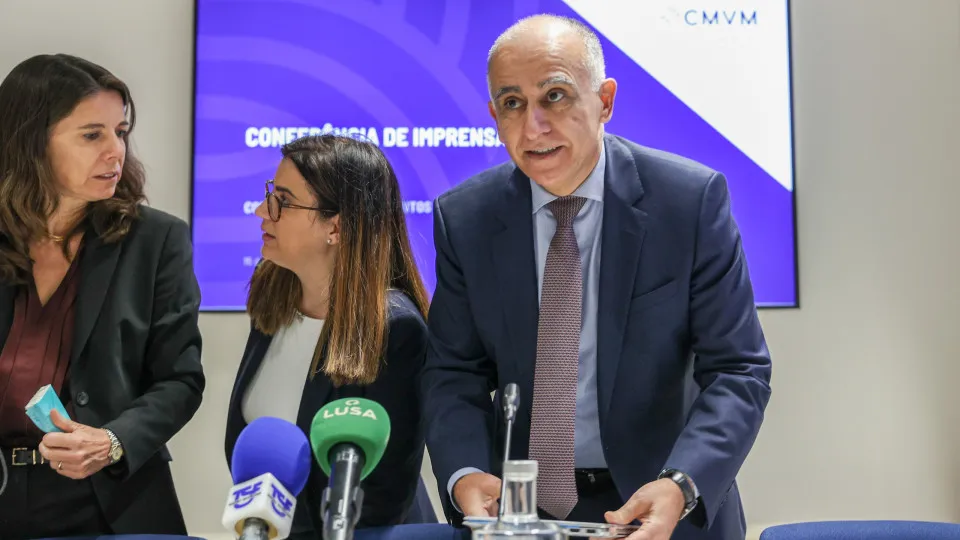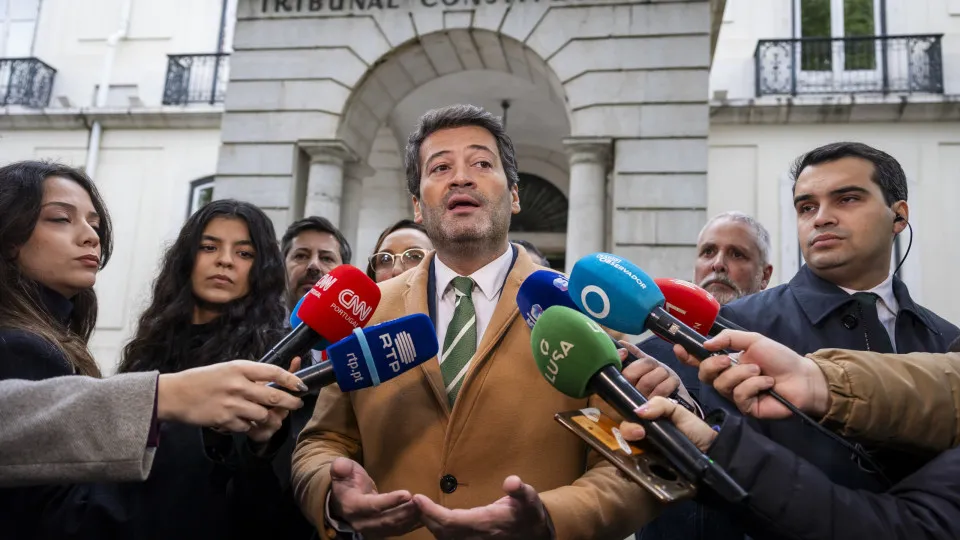The controversy over the new government’s decision to change its logo made headlines in media such as Reuters, The Guardian and O Globo.
The new government’s decision to return to the previous logo, to the detriment of the image created by Studio Eduardo Aires and adopted by António Costa’s government, has caused a stir on social networks, generated controversy and caused ink to run in Portuguese newspapers. But the controversy also seems to have crossed borders, making headlines abroad.
The disagreement on the subject in Portugal seems to have escalated to such an extent that the issue has “jumped” into the foreign press, starting with Reuters, which reported on the change of symbols. “While some Portuguese applauded the return of the old symbols on social media, others deplored the government’s shifting priorities at a time of crisis,” says the news agency.

Britain’s The Guardian emphasizes the use of the image as a “weapon” by the right and the words of designer Eduardo Aires, who complained of receiving death threats for his creation .
On the other side of the Atlantic, the Brazilian newspaper O Globo also highlighted the death threats received by the designer, stating that the controversy over the national images is a “reflection of growing political polarization in the European country”.
Fast Company also reported on the change of logos, saying that the change “was not well received by many people”, including “thousands of people who signed an onlinepetition “. The petition has around 7,500 signatories.
According to this media outlet, “in tense political moments, design can serve as a tangible extension of ideology”, making an analogy with other similar cases that have occurred in the US.
It is worth remembering that the communication experts heard by +M at the outset applauded the government’s decision to backtrack on the change to the logo made during António Costa’s government.








